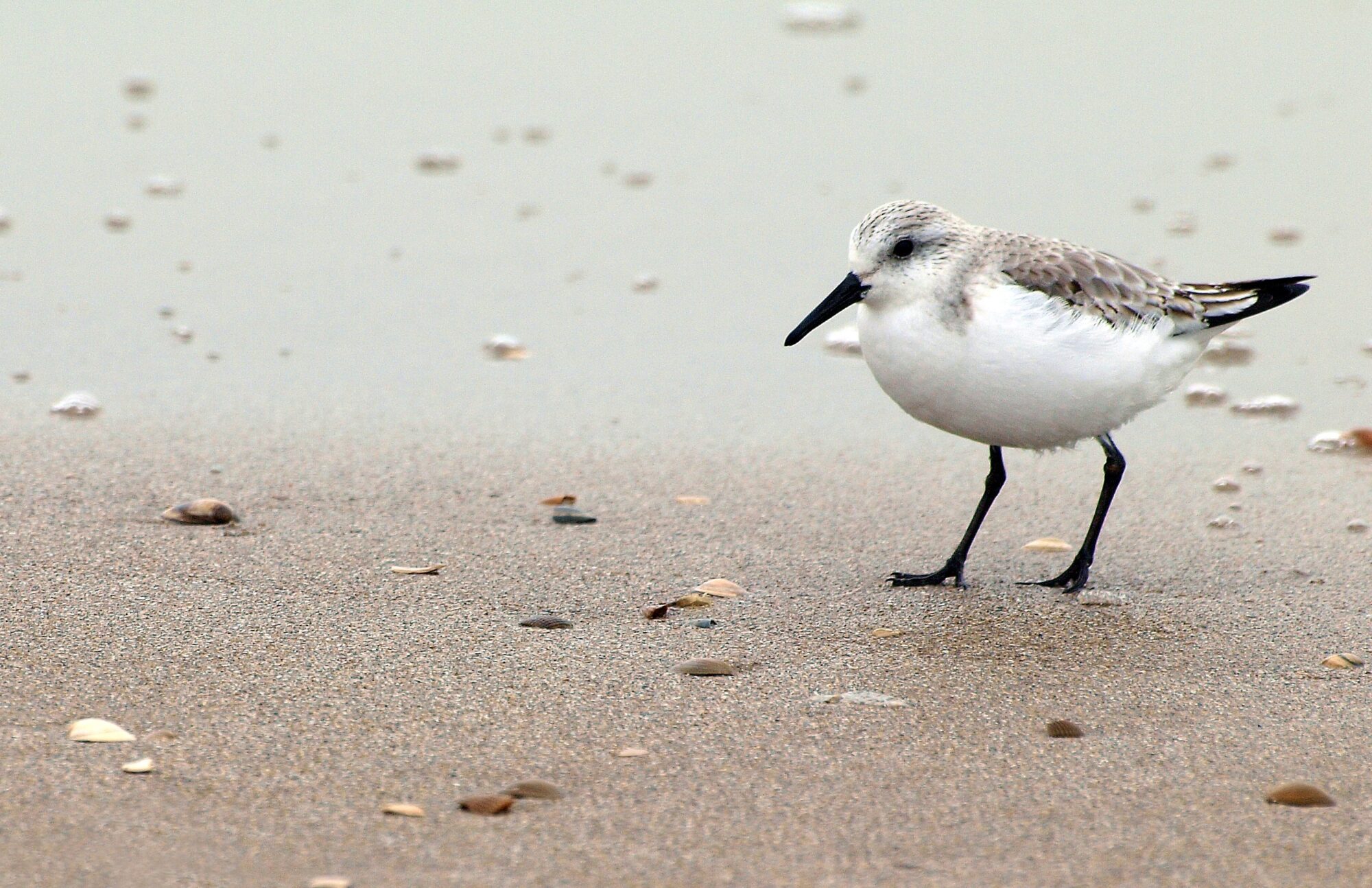So how did cancel culture manage to get such a big foot in the door?
Also know as “call-out culture” cancel culture is the current Big Thing for those always on the look-out for something to get stuck into, whether they fully understand who, what, or why they are calling it out or not, because in most cases they haven’t really checked for authenticity, yet will blindly compound it by “cancelling” him, her or whatever anyway, and then it turns into a thing and the rest follow suit. Very unfair.
But initially cancel culture was only about catching out an individual, or an organisation, doing something confirmed legally or morally wrong and then publicly exposing them for their actions. Especially if the person/organisation was still doing it. The idea was to inform others, who could then choose to boycott that person or organisation if they so wished. But like with anything along these lines, social movements tend to attract all kinds, which is how we have ended up with a new wave of cancel culture hell bent on exposing someone, anyone really, on anything the movement can dredge up, no matter how far back they have to trawl to find something. Assuming they do. Find something, that is.
It is a breeding ground for toxicity, a hate culture hellbent on ruining free speech, reputations and livelihoods, while hiding behind a facade of holier-than-thou moral righteousness, and on social media it is mob mentality at its worst. Especially on Twitter, where anyone can be called-out and cancelled over just about anything. It only takes one person to get the ball rolling and before the day is done, a horde will be kicking it along because their followers will have mindlessly jumped onto it. The “offending” party may only have had an original thought, an opinion that differed and then expressed it, but more often than not, that is all it takes.
Those into cancel culture are very easily offended. Even when they cannot define why they’re offended, other than that everyone else in their group is offended. But they have become a shouty and annoying subset of our society who have taken it upon themselves to call-out every single wrong thing, no matter how minor or how long ago, committed by anyone and everyone, at any time in their life, and turned it into a major offence against the world and humanity. They jump to conclusions, post rants on social media that take it out of proportion and context, and then vehemently call whoever they have targeted out, cancelling the person/business over whatever the perceived “breach” of their woke moral high ground was. Targets are often celebrities or other public figures who have offered an opinion that doesn’t gel with the mob. But sometimes it’s just an ordinary individual. Whatever, the mob gets offended and once that happens, it’s open slather. The cancel culture crews will find a way into the minutiae of that person’s life and use anything they find, no matter how insignificant, to ruin them.
Which is where the threat to free speech and the right to have and voice an opinion is being wrought. And I’m not talking about the genuinely rude and offensive here. I am talking about an individual’s right to express a different take on things (which excludes those into cancel culture because they don’t have opinions, only unsubstantiated rants). None of us think alike on everything, nor are we all perfect. No one is, and many of us will have said or done something in the past that came across in the wrong way. Even the best of us. But does that give someone the right to dig it up and put it out there to discredit someone, ruin their career or even their life? No it doesn’t. Like I said, I am not talking about genuinely morally wrong or criminal speech or behaviour, I’m talking about the everyday things and the faux pas and the nonsense we were all guilty of in out teens, when we all thought we knew everything. What gives the cancel culture movement the right to go looking for something and then use it out of context to destroy someone? But that’s what cancel culture has become and people are almost afraid to open their mouths these days, let alone post a comment somewhere, and that is wrong.
I think it’s time to cease playing into this type of extreme cancel culture. We don’t have to follow the trend and we shouldn’t if we don’t have a shred of evidence to back a “cancel” up. A difference of opinion is not enough to warrant a torrent of abuse or a “cancelled” status from a bloodthirsty mob. Save the drama for something we know is really wrong and cancel the rest.
I’m calling it out.
